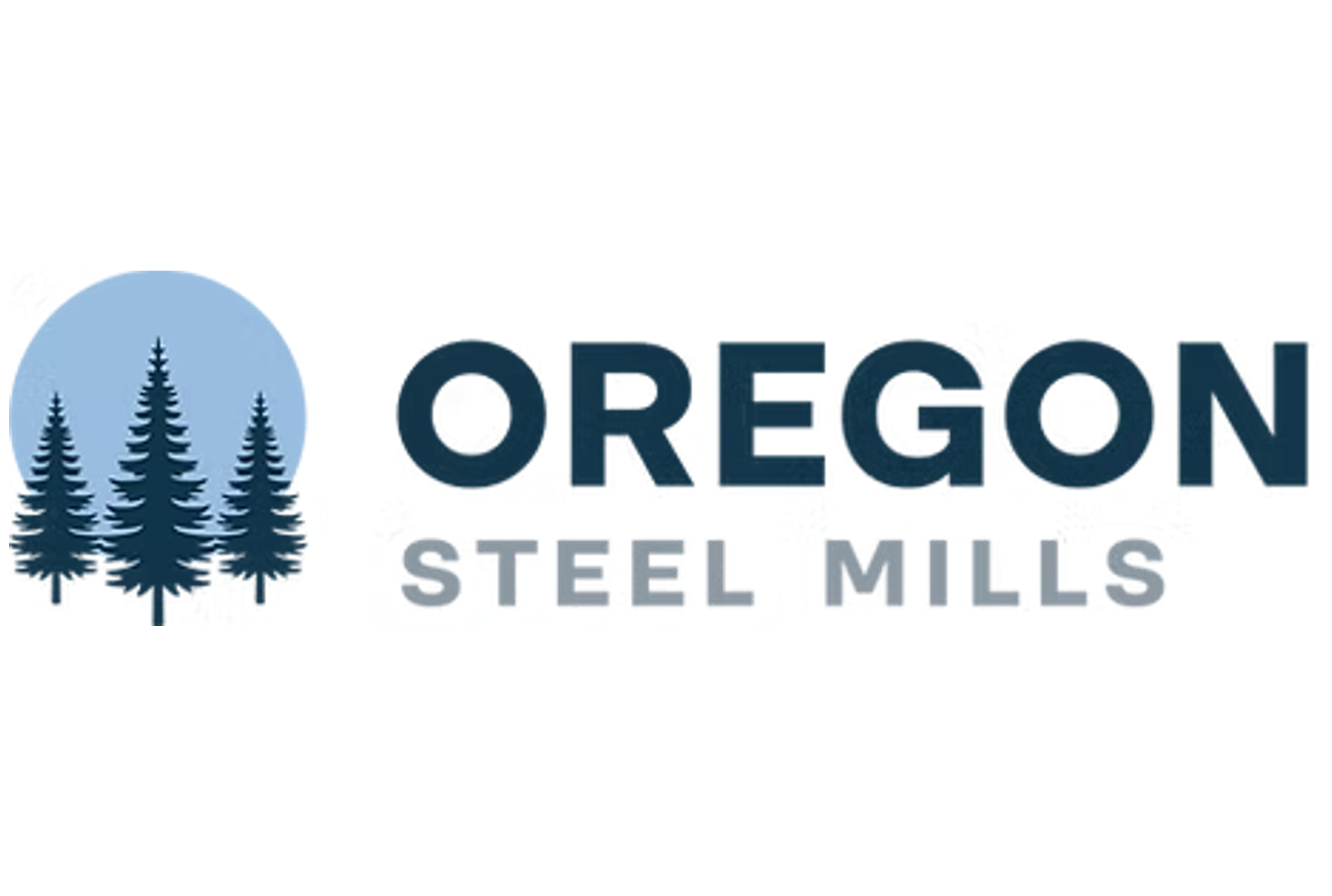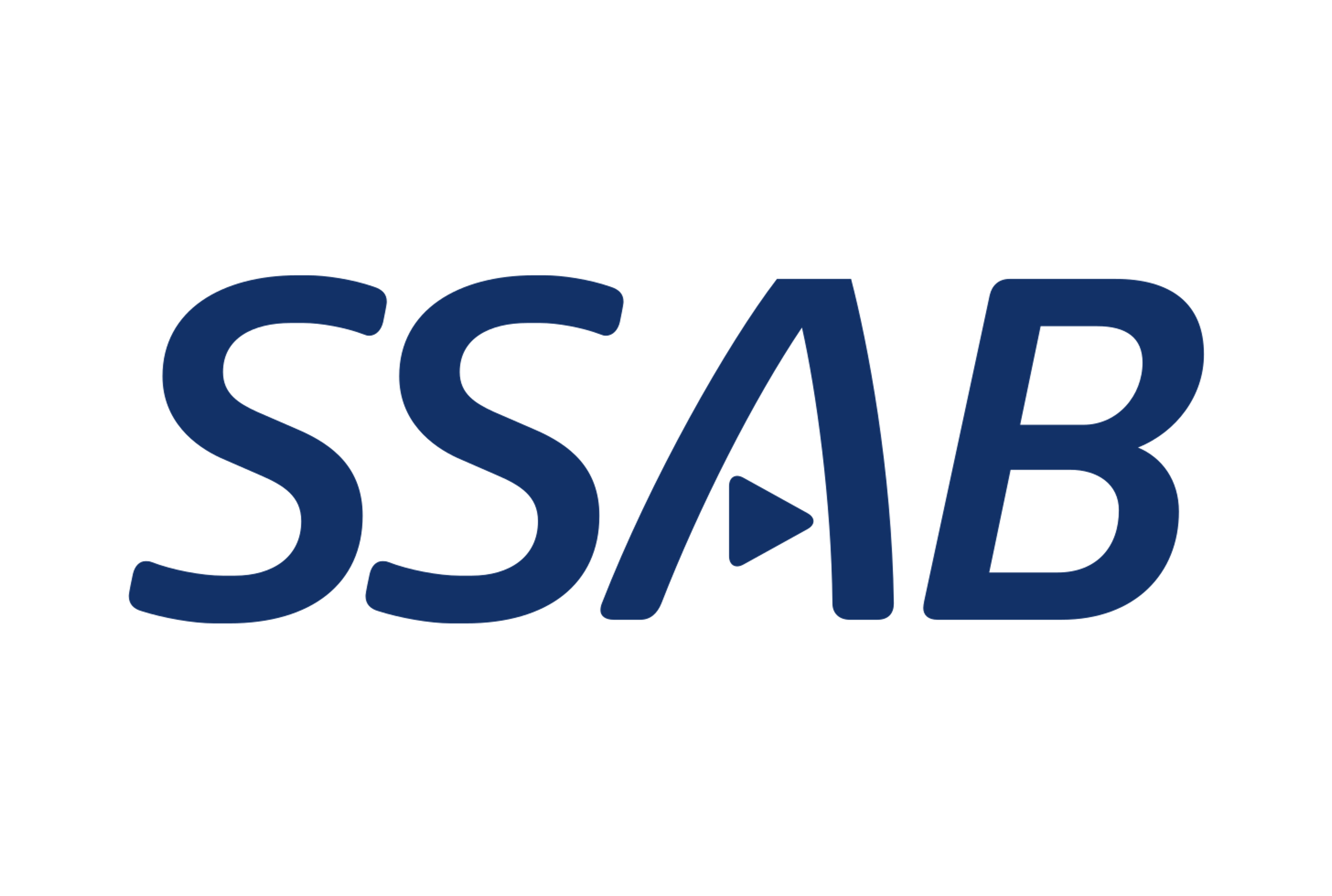Analysis

July 10, 2025
Final Thoughts
Written by Michael Cowden
Whatever you think of President Trump’s tariff policies, they have radically altered trade flows – and that goes all the way back to his first term in office.
The same thing might be true when it comes to using US trade policy to settle political scores.
President Trump on a seemingly random Friday morning in August 2018 doubled Turkey’s Section 232 tariff on steel to 50%. He cited a slide in the Turkish lira.
There was also speculation at the time that the beef was over more than exchange rates: Namely, over Fethullah Gulen, a self-exiled cleric living in Pennsylvania. Turkish President Recep Tayyip Erdogan wanted to bring him back to Turkey to face trial for alleged connections to a coup attempt.
Now with Brazil, the aggressive increase in tariffs is overtly over a political beef with Brazil’s current president, Luiz Inacio Lula da Silva. It’s about Brazil’s former president, Jair Bolsonaro, who faces trial (Trump thinks unfairly) for an attempted a coup.
The difference: The spat with Turkey was a big deal for steel. This time, the 50% reciprocal tariff for Brazil – if it goes into effect as threatened on Aug.1 – hits everything from coffee and beef to pig iron. It seems almost custom-built to inflict as much pain as possible on Brazil.
So, once again, this time the stroke of a Sharpie and a post on Truth Social (instead of Twitter), President Trump has again caused a shift in trade flows.
Brazil’s fortunes change
You might remember the shock that followed Trump imposing Section 232 of 25% on slabs in 2018. That was big news because semi-finished goods had previously been exempt from duties and tariffs, just like raw materials are now – or were (more on that in a moment).
US mills, including slab converters owned by Russian steelmakers, had to pivot away from procuring slabs from their own parent companies. What did they turn to? To Brazilian slabs, which were cheaper because they weren’t subject to the tariff but instead to a “hard” Section 232 quota. That quota, with its quarterly volume limits, changed the cadence of work for everyone from re-rollers to dock workers.
We’re now in for another period of churn. Brazilian slab prices have largely decoupled from US hot-rolled (HR) prices since the imposition of across-the-board 25% Section 232 tariffs in March. Trump probably severed whatever links remained when he increased Section 232 tariffs on steel to 50% in June.
Slab shakeup
The higher tariffs on semis make ArcelorMittal look sharp for its decision to invest in a new EAF at its mill in Calvert, Ala.
For Calvert, it also marks a complete reversal from the business plan embraced by German steelmaker ThyssenKrupp, which originally built the mill. That model relied on melting slabs in Brazil and rolling them in the US.
ThyssenKrupp has long since exited the Americas scene, at least from a production standpoint. And I wonder if that kind of business model is one that a less-globalized world can support.
I hear from industry contacts that mills on the West Coast, for example, are now sourcing slabs from Japan, Australia, Southeast Asia – wherever they can get a competitive price on slabs and on freight. Why? Because Brazilian slab no longer has the cost advantage now that it’s not exempt from the S232 tariff.
The impact on pig iron
And as we learned yesterday, it’s not just the Section 232 tariffs that steel has to worry about – reciprocal tariffs can hammer raw materials like pig iron and direct-reduced iron (DRI).
Raw materials hadn’t been subject to Section 232 tariffs. But they have been subject to a “reciprocal” tariff. And Brazil, the primary source of pig iron in the US, now faces a 50% reciprocal tariff instead of the 10% rate it had previously.
Steve Miller has a good article here on the impact of higher tariffs on Brazil on metallics markets.
50%, the new 25%
There are days when 50% seems like the new 25% for Trump. Just ask anyone in the copper market. Bloomberg reports that copper traders are rushing to get material into Hawaii or Puerto Rico – places famous for beaches, not industry. Why? To clear Customs with material that might not otherwise beat an Aug. 1 deadline when the threatened Section 232 tariff on imported copper goes into effect.
Brazilian pig iron now faces a similar dilemma. It’s probably worth a lot if you can get it to market before Aug. 1. It could cause you big losses if you’re stuck with a 50% tariff on Aug. 2. (I don’t think we’ll see a rush to divert pig iron to Puerto Rico. It’s worth a lot less than copper.)
What does it mean for EAF steelmakers?
It will be interesting to see how this plays out for US mills, especially EAF steelmakers who rely on imported pig iron to dilute impurities in their melt and perhaps to keep a lid on prime scrap prices as well.
Nucor has its bases covered by DRI plants in New Orleans as well as in Trinidad and Tobago – assuming that the reciprocal tariff on material from Trinidad doesn’t go through the roof. Big River can source pig iron from U.S. Steel, which installed a pig iron caster at its Gary Works in northwest Indiana.
Stelco, now part of Cliffs, has sold merchant pig iron before. Will it do so under Cliffs? I guess that depends on whether it can make more money on HR. And whether it wants to supply competitors who might be in a pinch. (Cliffs also has a DRI/HBI plant in Toledo, Ohio, that it uses mostly to supply its own operations. But it had initially hoped to sell that material to EAF mills.)
There was once talk about DRI/HBI units being built all over North America. Some of that hinged on hydrogen hubs, a Biden-era initiative that has been abandoned by Trump 2.0. A lot of the investments that were talked about didn’t pan out.
That said, U.S. Steel has plans to build a DRI unit at Big River Steel. Could we see others do the same?
What about steel prices?
The more immediate concern is what all of this means for steel prices. The floor for domestic prices rose with the imposition of 50% Section 232 tariffs. You’d think tighter raw material supplies might lift that floor even higher.
And yet we’ve seen mills in recent weeks increasingly willing to negotiate lower prices, even without as much competition from imports. Will that change when we next survey the market?
The next datapoint I’m waiting to see is June sheet inventories, which we’ll release to our premium subscribers next week.
We know from our surveys and speaking to some of you that steel buyers have been mostly maintaining or reducing inventories. Caution is the word of the day with so much uncertainty around tariffs and demand. Service centers are buying from each other if they have holes. If someone needs tons beyond contract requirements, maybe they’re buying secondary or excess prime.
My question is this: At what point does that kind of buying start to decrease inventories across the supply chain? There is the assumption that Trump always chickens out (aka TACO). Does that still hold if Trump now knows what TACO Tuesday really means?
Maybe we will see everyone jump back in at once to restock at some point over the next month or two. A lot comes back to demand. Higher tariffs have driven up US steel prices. SMU assessed HR at $650 per short ton (st) on average this time last year, $220/st lower than HR prices today. The impact of tariffs on demand, however, is less clear.
SMU Community Chat and Steel Summit
I had no idea when I scheduled a Community Chat with CRU analysts Thais Terzian and Frank Nikolic for this week that our topics would be so timely. From Thais, we got a masterclass on the metallics trade between the US and Brazil – and just how much it has changed over the last few months. (And that was before Trump announced the 50% reciprocal tariff.) You can catch a replay of it, and the slide deck, here. Laura Miller also has a good recap of the conversation here.
Let’s just say our next Community Chat, with Institute for Supply Chain Management (ISM) CEO Tom Derry, should also be timely. How do you navigate a world that moves on trucks, trains, and barges when abrupt tariff changes happen at the speed of social media? If you’d like to register for the webinar on July 23 (at 11 am ET) with Tom, you can do so here.
By the way, Thais and Frank will also be speaking at Steel Summit next month. Speaking of which, I’ve got some exciting news to report. More than 1,000 people have registered to attend. And we expect that number to continue climbing as we get closer to the event kickoff on Monday, Aug. 25, at the Georgia International Convention Center (GICC) in Atlanta.
A big ‘thank you’ to all of you of you who have registered. And if you haven’t, what are you waiting for – you can do so here right now!







